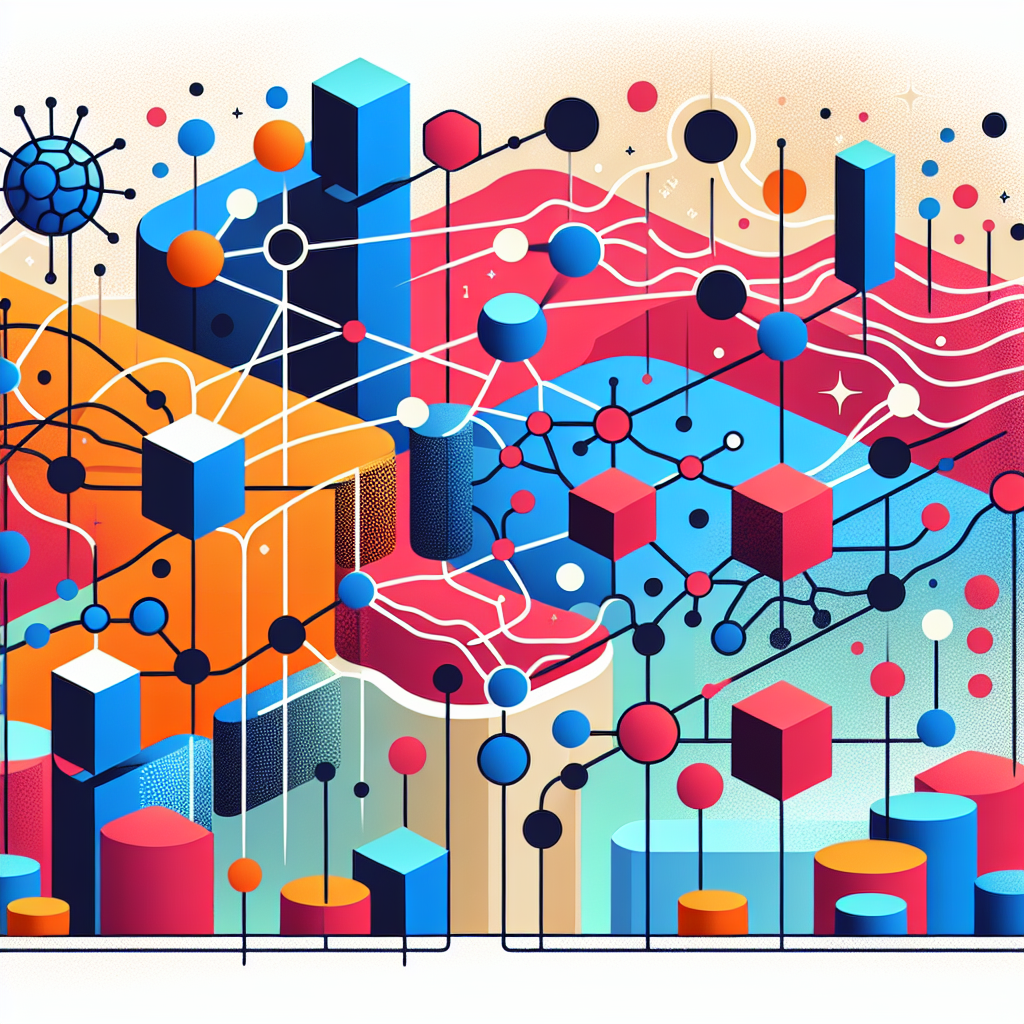Fix today. Protect forever.
Secure your devices with the #1 malware removal and protection software
Deep Neural Networks (DNN) have revolutionized the field of artificial intelligence in recent years, leading to significant advancements in areas such as image recognition, natural language processing, and speech recognition. However, despite their impressive capabilities, DNNs are not without limitations and challenges that researchers and developers must address in order to further improve their performance and reliability.
One of the main limitations of DNNs is their dependence on large amounts of labeled training data. In order to train a DNN to accurately recognize patterns and make predictions, it requires thousands or even millions of examples of labeled data. This can be a significant barrier for tasks where labeled data is scarce or expensive to obtain, such as medical imaging or scientific research.
Furthermore, DNNs are often considered “black box” models, meaning that it can be difficult to interpret how they arrive at their conclusions. This lack of interpretability can be a major drawback in applications where transparency and accountability are important, such as in legal or medical decision-making.
Another challenge facing DNNs is their susceptibility to adversarial attacks. These attacks involve manipulating the input data in such a way that the DNN produces incorrect results, even though the changes may be imperceptible to humans. Adversarial attacks have been shown to be particularly effective in fooling image recognition systems, raising concerns about the security and robustness of DNNs in real-world applications.
Additionally, DNNs can be computationally intensive and require significant resources to train and deploy. This can be a barrier for smaller organizations or researchers with limited access to high-performance computing infrastructure. In addition, the large size of DNNs can also make them impractical for deployment on resource-constrained devices, such as mobile phones or Internet of Things (IoT) devices.
Despite these limitations and challenges, researchers are actively working to address these issues and improve the performance and reliability of DNNs. One approach is to develop more efficient training algorithms that require less labeled data and computational resources. Another approach is to enhance the interpretability of DNNs through techniques such as attention mechanisms or model distillation.
In conclusion, while DNNs have shown great promise in advancing artificial intelligence, it is important to acknowledge and address the limitations and challenges that they face. By continuing to research and develop innovative solutions, we can unlock the full potential of DNNs and harness their power for a wide range of applications.
Fix today. Protect forever.
Secure your devices with the #1 malware removal and protection software
#Exploring #Limitations #Challenges #DNN,dnn

Leave a Reply
You must be logged in to post a comment.